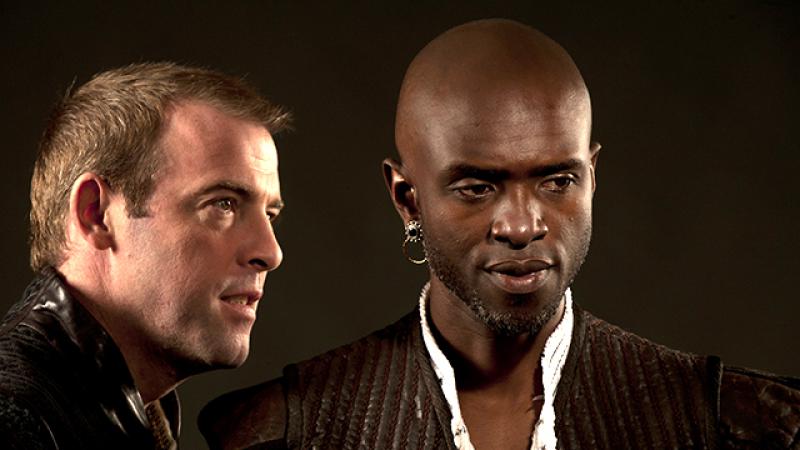Goodbye mother is a story that illustrates suffering of innocent people in circumstances that are beyond their control. Reinaldo Arenas begins the story at the point when the mother was sick and at the point of death. She later dies- a state that fuels and motivates a lot of response from her family members. ‘Onelia breaks the news of the mother’s death’ (Reinaldo Arenas 314). This is typical of day to day life. Some people are always absent at the point of death of their loved ones. The Onelia’s other siblings appear sad and in disbelief upon hearing the news. The author has successfully illustrated this scene. The death of the mother acts as a genesis of many other events that are quite strange and outrageous. The author reveals the series of deaths and suffering that follow after the death of mother. In his story, Arenas illustrates how four ladies consequently die with an excuse of being loyal and brave. This is quite typical of war zones in the rebel camps. Any person who dies in battle automatically acquires the bravery crown (Reinaldo Arenas 34). People who die in such battles receive a lot of honor and glory. They are always credited for having died while pursuing the good of the community. It is in this regard that the author delivers this story to help people in understanding the state of events during the Cuban revolution (Joseph Hansen 56). In the story goodbye mother, Arenas delivers a session of mourning and weeping of the children left as orphans. The author however fails to show the readers anything about the father. Where is he? Is he dead? Or is he alive in another section of the country? Arenas should have filled the puzzle.
Nevertheless, the children go on with the mourning due to the demise of their mother. The male child suggests that they should begin making burial arrangements. All the other female siblings appear to oppose his idea. The author is very accurate in his assigning of roles. The male child is very responsible and visionary. No wonder he suggests that the mother should be buried. It could not have been more accurate had the suggestion come from a female child. The male child is so surprised at the comments from his sisters. They confess that the corpse does not smell, that the face is so beautiful and that she is a hero. How can this be? Any dead thing must certainly smell with time. The male child is however sober in his judgments. He knows for sure that his mother is dead and that some arrangements must be done early enough (Reinaldo Arenas 315). Reinaldo has used excellent skill in illustrating the command in the male child. They are responsible and normally take the lead when dealing with family matters. The use of poems in this story illustrates a deep sense of literal skill depicted by Reinaldo Arenas. He delivers three poems on flies, beetles and rats (Reinaldo Arenas 319). The writer uses these skills to confirm his message. The poem sessions bring in some symbolism and accuracy in mood. The reader gets to interact more deeply with the context during the poem discourse. The female children are seen to kill themselves one at a time. The author delivers a message of sacrifice at this point. Odilia, Onelia, Otilia, and Ofelia all use the knife to kill themselves. They think that by dying, they are doing a favor to the dead mother. This is quite outrageous. The flies, rats, worms are all seen to move in for the feast. The author is however grey in his illustration that ‘birds came into the house to partake of the carcasses’ (Reinaldo Arenas 321).
It is unlikely that birds of the air can have access to the bedroom of the mother irrespective of the fact that all the children were in the same room. This however can be symbolic of some political appraisal. Reinaldo Arenas uses this discourse as a mirror into the state of events during the Cuban revolution. The dead mother, the children and the predators all form a circle of events that took place during the Cuban revolution. The main objective of the revolt was to get rid of harsh and dictatorial rule of the then leader of the Cuban territory. The mane of this tyrannical ruler was Batista. His rule brought suffering and affliction to the people of Cuba. No democracy could be introduced into the country. The only solution was a revolution which could make the dictator surrender power to the Castro team. Many people died during the revolution but the rebels did tot expose the exact number of people who died. The Cuban revolution and the Goodbye mother story are quite close in meaning and resemblance. Many people died during the revolution but this did not stop the rebels from launching attack against the dictatorial government (Marifeli Perez 98). People were motivated so much that they did sacrifice their lives so as to attain independent and democratic rule. The case is true in Reinaldo Arenas story. The siblings also gave up living so as to appear loyal to their dead mother. Even though they mourned for the death of their mother, they later attained courage and insisted on paying the full price just like their mother. Even though the entire team of rebels was committed to the course of justice (Jules Benjamin 32), some died but some remained to enjoy the fruit of their labor.





